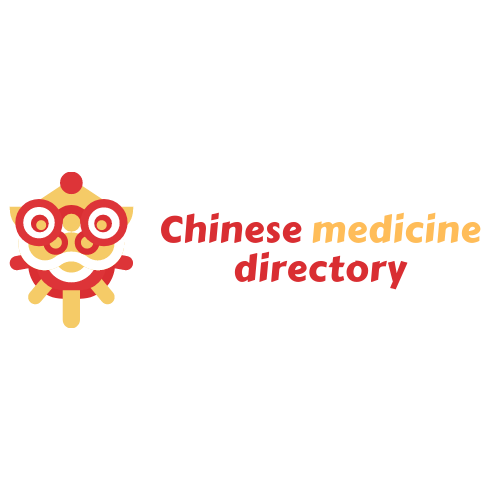Chinese medicine offers a multitude of treatment methods for the mind and body. It is a real system because it is composed of a panoply of theories and practices. Among the practices of this medicine, there are some that are considered essential. If you wish to discover these essential practices, reading this article will help you.
Acupuncture: a practice to balance the Qi
Of all the practices of Chinese medicine, acupuncture is one of the most important. It consists of inserting needles into specific areas of the body in order to facilitate the proper functioning of the body. The role of this practice is to balance in the human body, its energy called Qi. Acupuncture therefore allows this energy to be harmonised so that the body is in perfect health. Clearly, the harmonious maintenance of Qi in the body prevents the installation of diseases in the latter. It does not treat diseases that affect the body’s organs, such as cancer, but it does prevent and treat pathologies linked to the malfunctioning of the organs, such as skin diseases, rheumatism, digestive pathologies, etc.
Practice of Chinese medicine: Chinese dietetics
Chinese dietetics is also one of the essential practices of Chinese medicine. It is a practice that considers each element according to the different effects it can have on the body. They can be grouped into two main categories, namely Yang and Yin. The Yin category provides the body with matter and cold, which helps to maintain the body’s shape. This category includes foods such as kiwi, rabbit, tomato, champion and many others. The Yang category provides the body with energy and warmth, elements that stimulate the various vital functions. Foods that fall into this category include nuts, coffee, shrimp, chicken, etc.
Chinese medicine: the Chinese pharmacopoeia
One of the most widely practised Chinese practices, the Chinese pharmacopoeia is essentially based on the virtues of the roots, leaves, barks, seeds and flowers of plants. The therapeutic effects of these different elements come from their colour, their properties, their flavours, their configuration and their nature. This practice has the essential aim of overcoming pathologies that affect the body and ensuring its harmony. It is the most widely practised form of healing today and is an effective way of getting treatment without having to resort to drugs or modern medicine.
